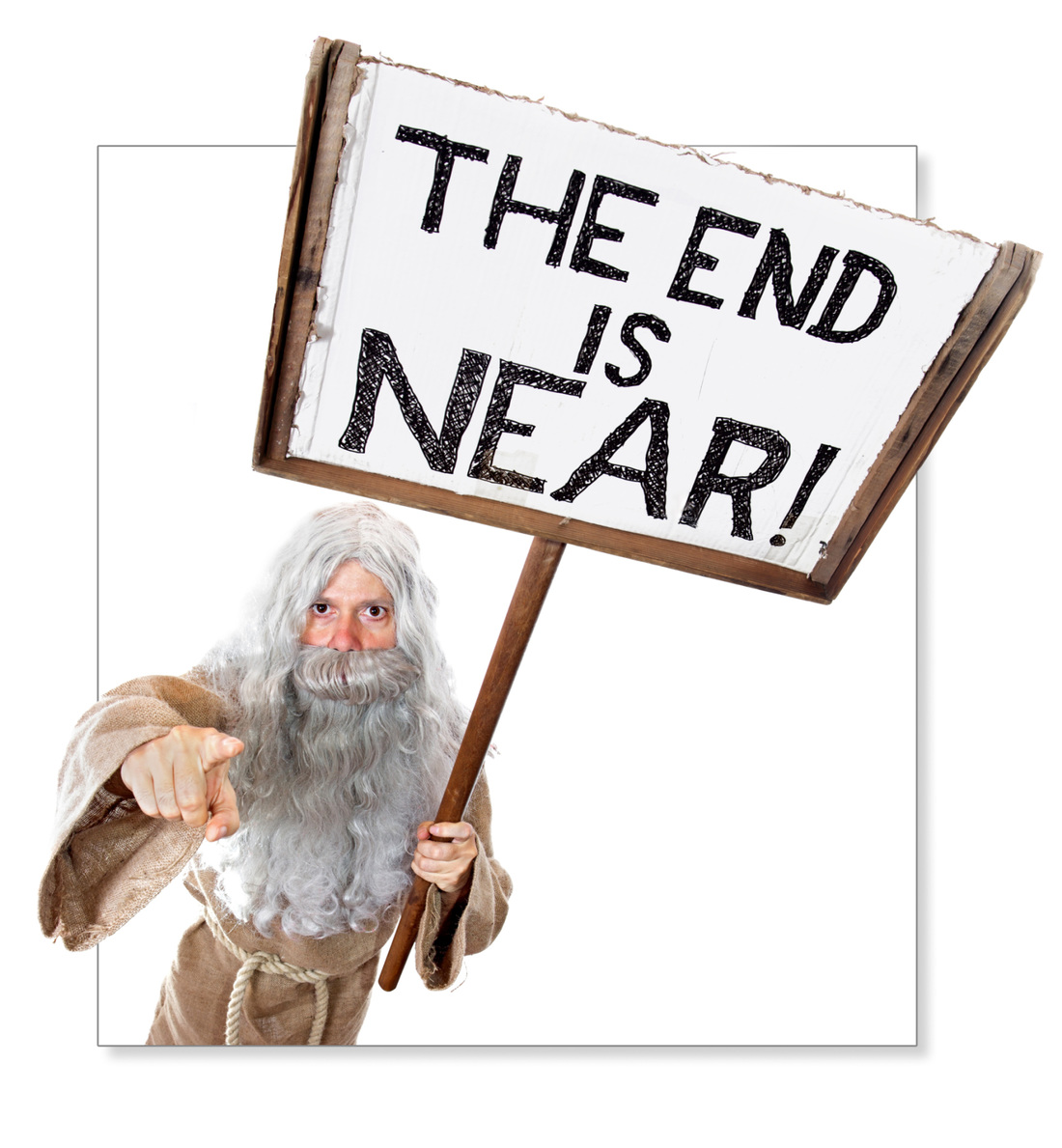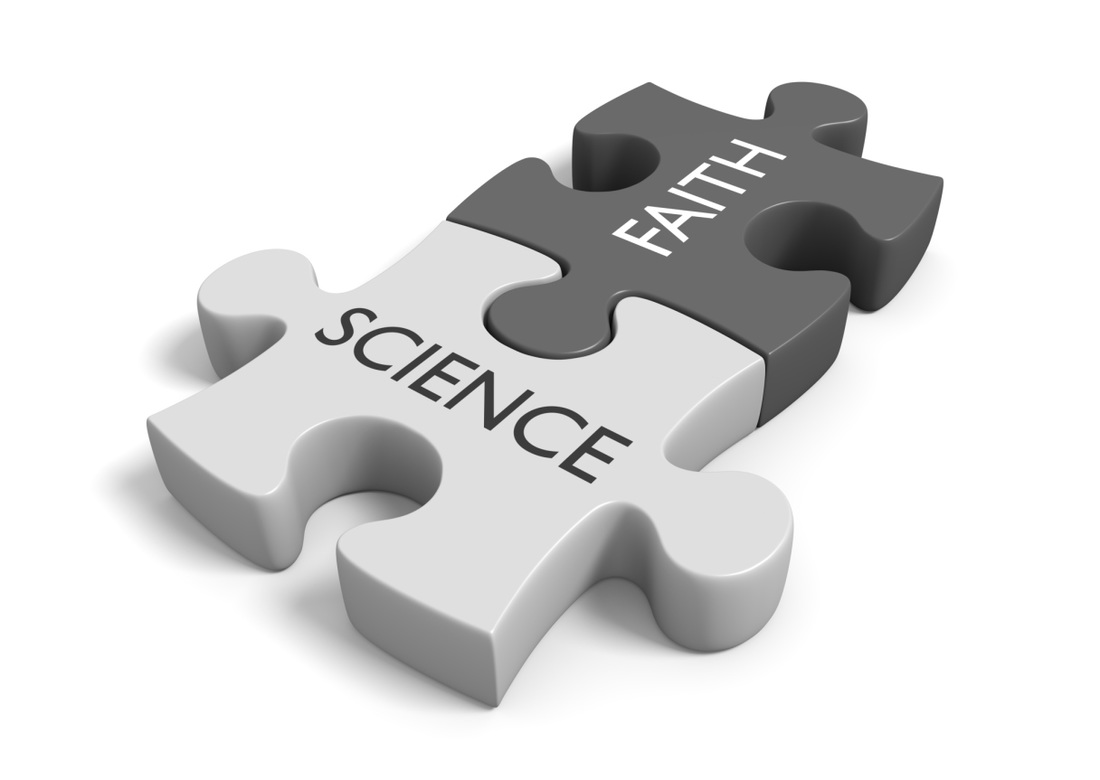WHAT'S THE BIG DEAL?
|
As we consider how humans learn about and make sense of the world, we see that both science and theology have data, or information, that they use for this process. Science can use methods to test a belief or understanding of how the world works, and verify it scientifically by obtaining the same results over and over again. For theology or religion, there is no method to verify or disprove a belief or understanding. Often, people become concerned when a religious belief is used as a final answer for making sense of the world. An example of this is the way that various religious groups have used divine revelation to predict the end of the world.
Click on the link below to read about a more recent prediction in 2011: |
Obviously if you are reading these words, the world did not end in 2011. The leader of the group claimed that despite the lack of physical evidence of a world end, there was instead a spiritual “judgment day” that occurred. The leader claimed that this revelation came through the reading of biblical scripture. However, there are no scientific methods for testing this belief or knowledge. For many, especially those who devoted their lives and gave up belongings and money to this religious group, the data and methods of religious revelation are invalid.
|
For many who use religious experience, or revelation, to learn about and make sense of the world, they become concerned when scientific methods are used to deny an experience of God. Click on the link below to read excerpts from a PBS video that discusses the differences between scientific knowledge and religious experience and revelation: |
As Margaret Klenck states about differing ways of understanding the world as through experience: “When you hold a child, you are understanding things about that creature that you’re not using your cognition for.” This is in contrast to the quote of Freud, which claims the scientific method as the only source of knowledge. For those who have religious experiences, their knowledge of the world includes an understanding of a divine power that helps them to make sense of the world.
|
While each method has ways of learning about and making sense of the world, when one method or the other is used to deny the validity of the other, it can create intolerance for an important aspect of any culture. Each culture has traditions, stories, methods, and rituals that narrate the experiences of life and death and are involved in theological understandings as well as the uses of science.
|
So how can a person consider both the scientific and theological methods used to learn about and make sense of the world? Click on the tab “Choosing Options,” or the button below, to look at ways to employ both methods.
|
Below are two options for using the LEADER GUIDE; the first option contains information for this page only and the second option contains the entire LEADER GUIDE.
|

